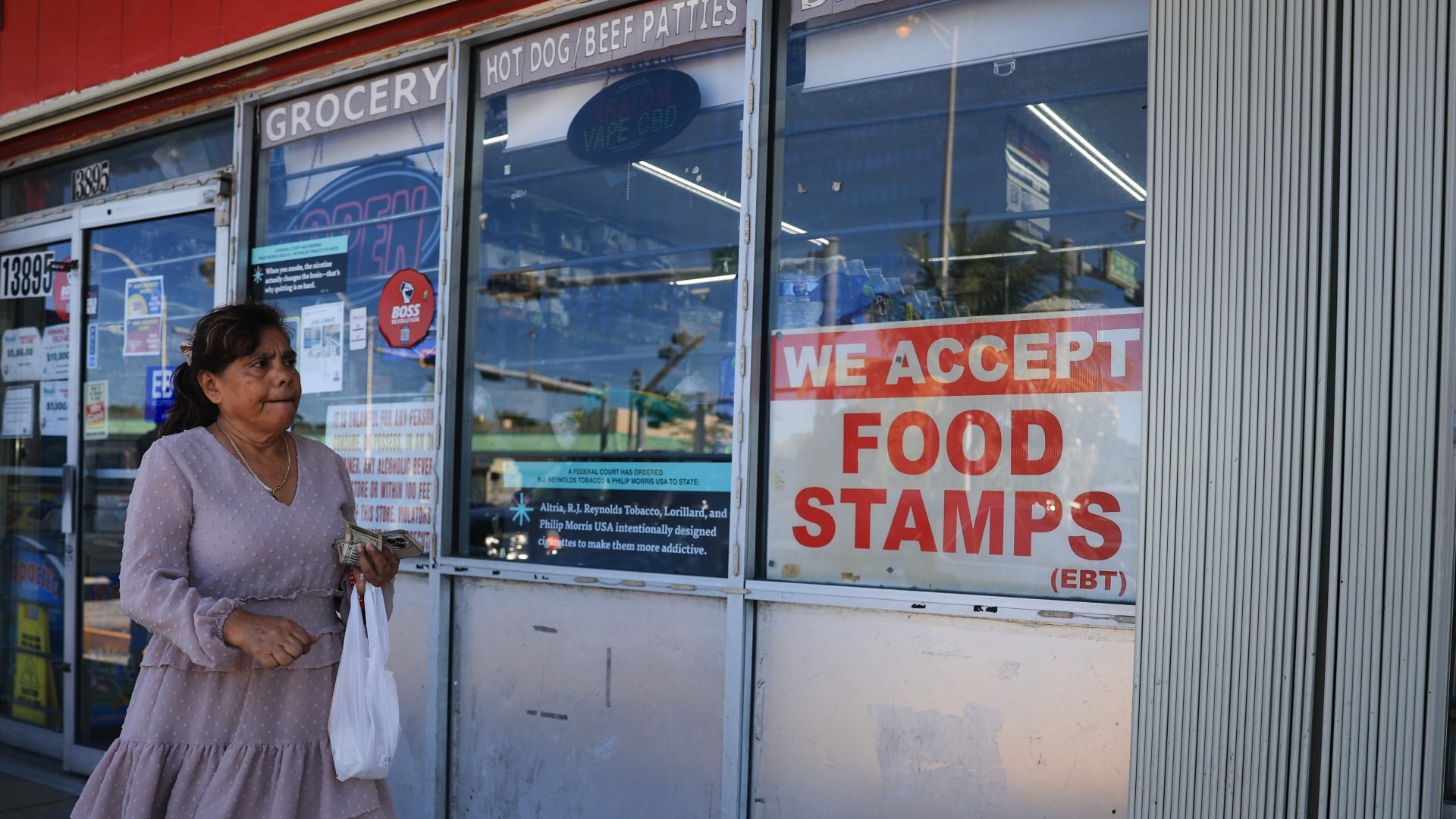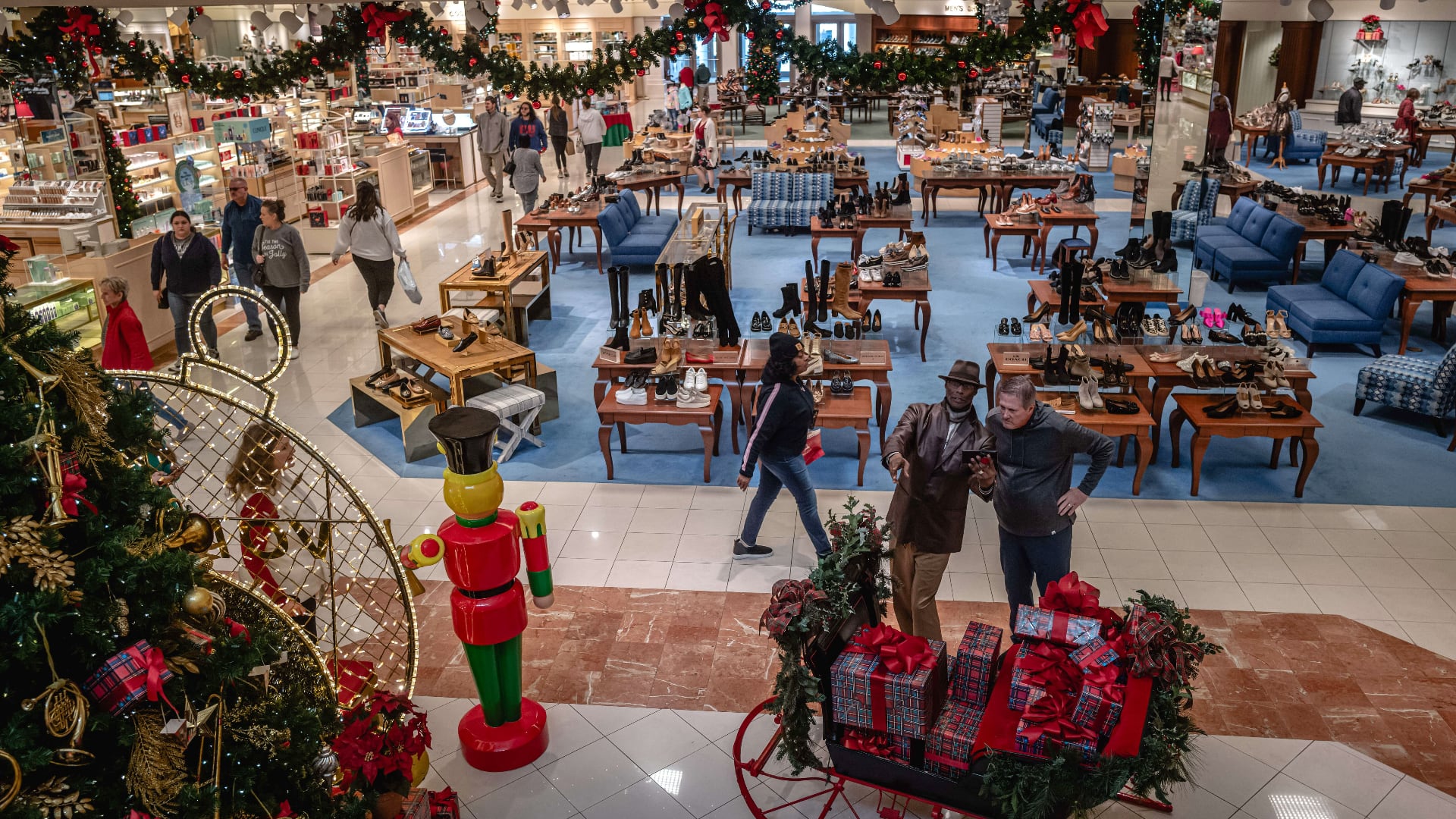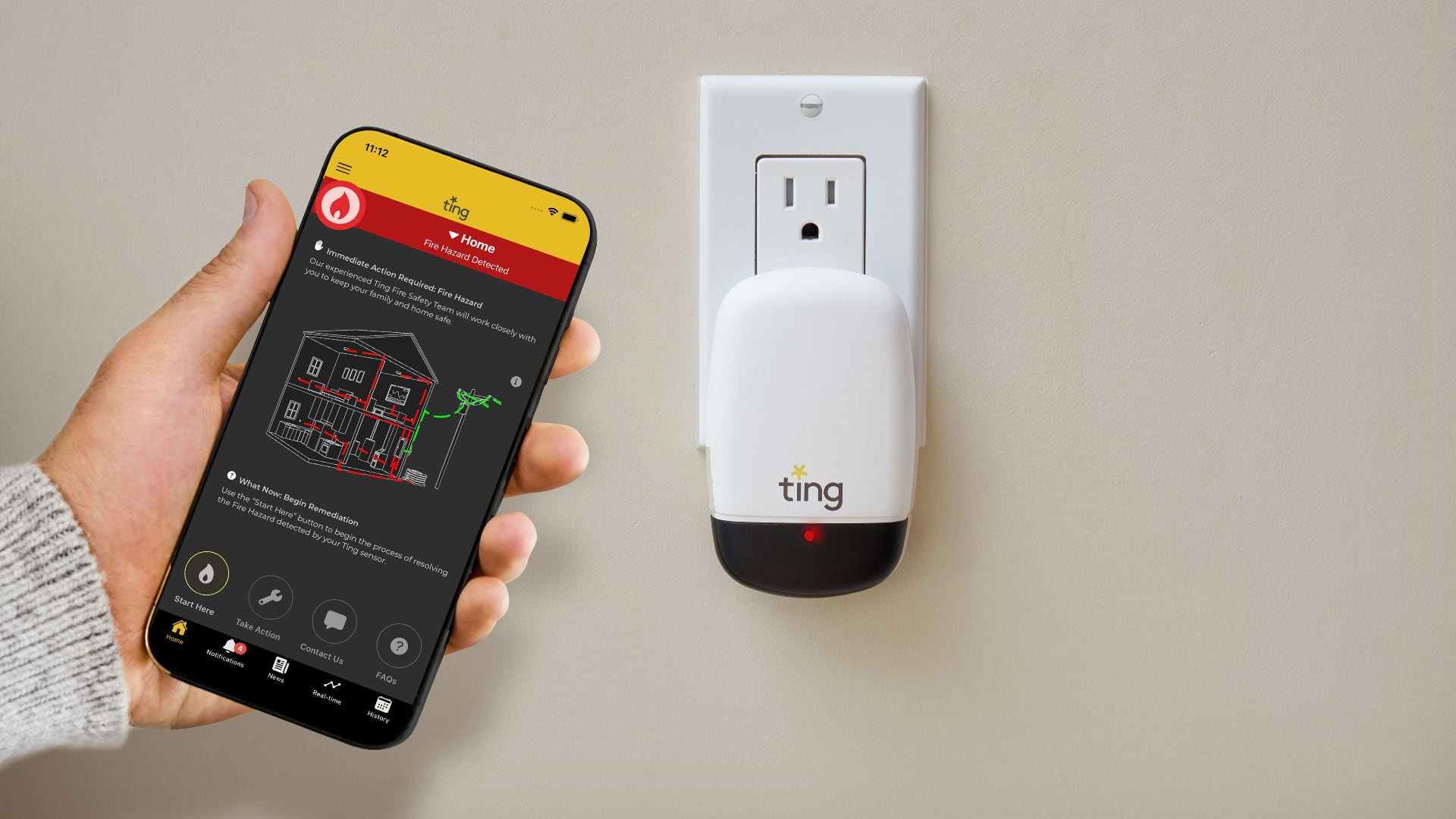A new year is finally here, but for Gigi Pedraza, executive director of the Latino Community Fund in Georgia, the 2020 election season is still going strong.
The nonpartisan organization, which works to increase voter turnout among Latinos regardless of their politics, jumped from one election to another as the presidential race gave way to perhaps the most important runoff elections in years. The group is canvassing, sending text messages, and putting up Spanish-language billboards across the state to turn out voters for Tuesday's two Georgia Senate races.
"For us in Georgia, we knew it was very likely that there was going to be a runoff, so we started preparing immediately with information and education on what the senatorial seats were," Pedraza told Cheddar. "We basically never stopped."
With control of the Senate hanging in the balance, the increasingly important Latino vote has become a primary target for both Republicans and Democrats in the state.
While in the past the demographic has leaned Democrat, Republicans haven't given up on appealing to Latino voters, especially as the Senate races have tightened. The incumbents, Republican Sens. David Perdue and Kelly Loeffler, are facing fierce challenges from Democrats Jon Ossoff and Rev. Raphael Warnock. As of Monday, both races appear to be incredibly close.
The Latino Community Fund is just one of several groups trying to engage Latino voters through both elections — each of which offered distinct challenges for increasing turnout.
"One of the things that we learned during the general election is that while voters were very sure who to vote for for president, they really didn't know about the senatorial races or city council races or any of the constitutional amendments that were on the ballot," Pedraza said.
The important thing, Pedraza added, is that Latino voters feel like they are a part of the electoral process, whoever they're voting for.
But spreading information about down-ballot races has gotten more difficult as partisanship intensified during the runoffs.
Voter Exhaustion
"The increase of election-related mail, phone calls, and social media going into the runoff has led to exhaustion on the part of Latino voters," said Rebeca Gibbons, executive director of Unidos Latino Association, Inc., another nonpartisan group serving Rockdale and Newton counties in the Atlanta metropolitan area.
Gibbons said her group enlists Latino youth to help with voter outreach activities such as canvassing. During the election, she said there was a high level of engagement and trust. Now residents are a little more skeptical of people knocking on their door about voting.
"People have mostly already made up their minds," she said. "I think people are tired of and overwhelmed by all of the information that's coming down."
This is still a step-up from where the Latino community was prior to the election though. When her organization was doing outreach to increase participation in the U.S. Census, Gibbons recalled how suspicious people were of canvassers.
"People were closing the door in our face. They didn't want to get involved. They didn't want to give information. They thought that by participating in the Census it would lead to ICE coming to their house," she said.
Then the pandemic and presidential race loosened people up to engagement, she added, even as coronavirus cases increased and made in-person interactions more difficult.
Battleground State
At 10 percent of the population in Georgia, the Latino vote is expected to become even more important in future local and national elections as the state becomes politically contested.
"Georgia is going to be a battleground state in two years for congressional and statewide races for governor, but also in four years for the next presidential election," said Jerry E. Gonzalez, chief executive officer of the Georgia Association of Latino Elected Officials (GALEO), which is working to register Latino voters in the state. "I think the Latino vote will continue to be a powerful force to be reckoned with that both parties need to pay attention to."
With more than three million votes already cast through the early voting and absentee process, Gonzalez predicts record-breaking turnout in the runoffs and tighter margins in future elections.
Between the 2016 and 2020 presidential elections, Latino voter registration in the state increased 18 percent, according to the Pew Research Center. This is equal to the increase in white voters, but notably, there were far fewer registered Latino voters to begin with (260,000 compared to 3.8 million).
"The Latino vote in Georgia has been flexing its muscle for quite some time now," he said.













